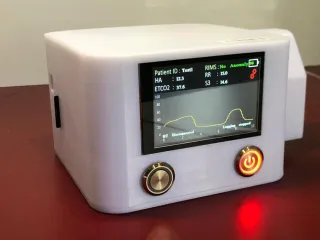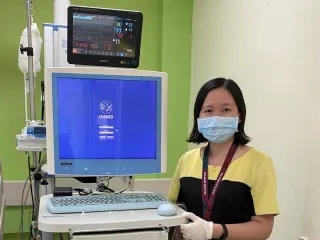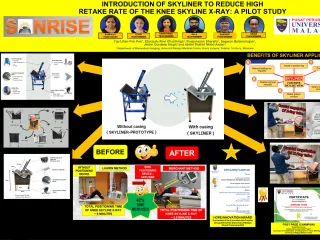Electromyography (EMG), thermal imaging and ultrasound are the three frequently utilized medical base investigation appliances and apparatuses for the muscle strength measurements. Lately, numerous studies have reported concurrent collections of the sEMG variable signals, ultrasound images and the images of thermography which has been recorded by different applications (devices) for the assessment of muscle strength. Nevertheless, there is inadequacy of research and no study has reported the correlation between these three modalities. In this project, the correlation between EMG, thermal imaging and ultrasound for the muscle strength measurement of biceps brachii were implemented. The muscle strength was measured during two tasks: first by the contraction without load and then contraction with load 10lb dumbbell. Eight male subjects with strong biceps brachii muscle were selected for the experiment. The results demonstrated a good performance in its experimental analysis and all three modalities were strongly correlated with its muscle strength level. Besides, a mathematical function of the muscle contractibility, Mc was generated. The results of the correlation shows that there is increase in amplitude for EMG; increase in temperature for thermal imaging and also increase in muscle compression for the ultrasound when the muscle is contracted using load. Moreover there is a significant difference in the data collected when the muscle is contracted without using load and with load of 10lb dumbbell. The data of all the parameters on all the three modalities showed higher value of the output when the muscle is contracted using load, as compared to the data with lower per unit value when the muscle is contracted without using any load.








Comment